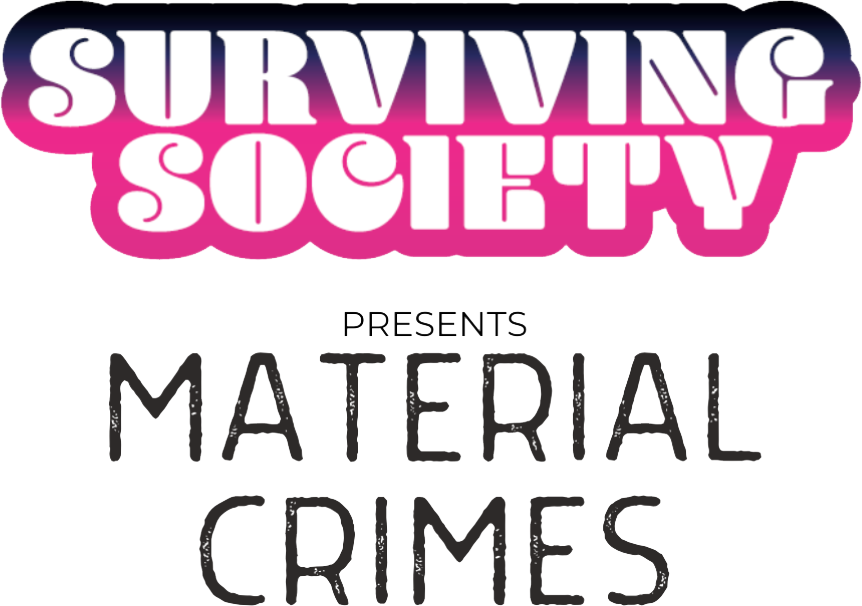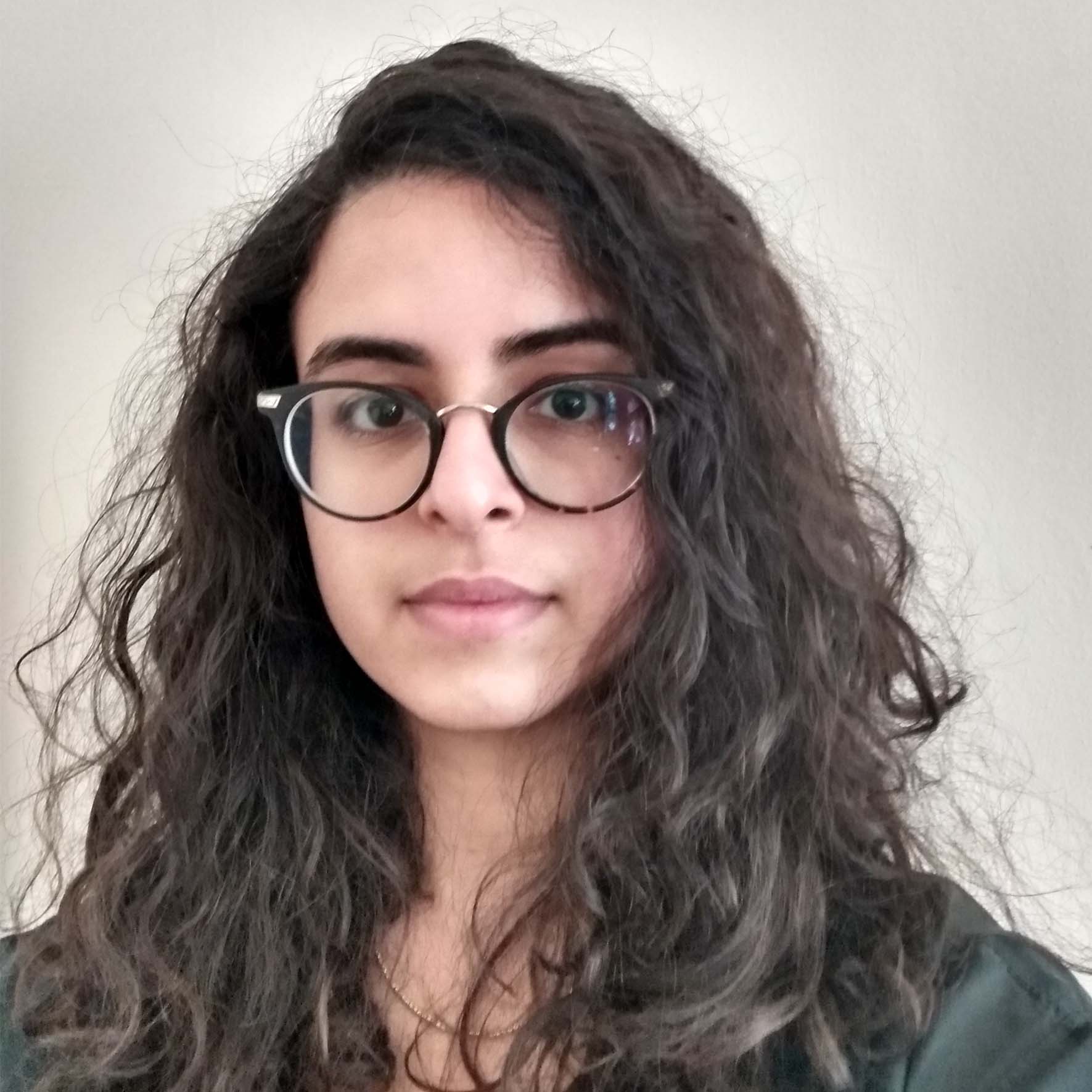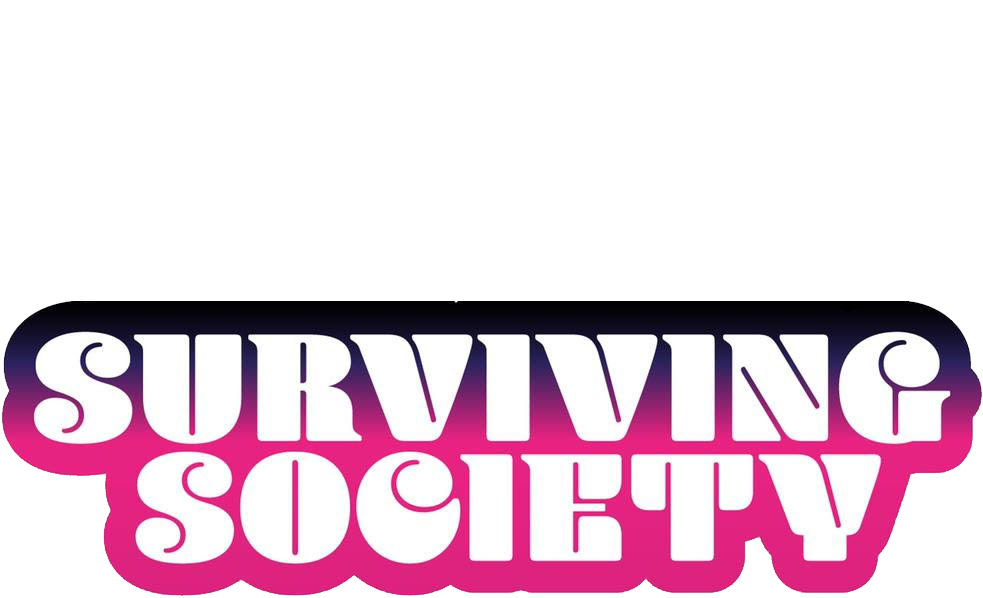The White Elephant

What on earth can a central bus station have to do with racial capitalism and settler-colonialism? This week’s host, Mor Cohen, tells the story of the Central Bus Station (CBS) in the Tel Aviv neighbourhood Neve Sha’anan. Talking to activist Shula Keshet and academic Sharon Rotbart, Mor learns how the CBS’ fortunes show how Israel concretises its colour lines in the urban environment. These racial divisions pit the wellbeing of Israel’s different precarious communities against one another - in this case, Neve Sha’anan’s largely Mizrahi Jewish residents resisting the station’s polluting effect on their neighbourhood, and Israel’s migrant communities who have eked out precarious ecosystems within the CBS.
And, as we’ll learn with Mor, underlying all of this, is the spectre of settler-colonialism. Long before the 1948 nakba (catastrophe), peripheral neighbourhoods such as Neve Sha’anan were planned as front line settlements separating Jews and Palestinians. Still used as a buffer between Jewish cities and Israel’s dwindling Palestinian urban areas, Mor tries to understand the significance of Neve Sha’anan today as an expression of Israel’s settler-colonial violence in the present.
And, as we’ll learn with Mor, underlying all of this, is the spectre of settler-colonialism. Long before the 1948 nakba (catastrophe), peripheral neighbourhoods such as Neve Sha’anan were planned as front line settlements separating Jews and Palestinians. Still used as a buffer between Jewish cities and Israel’s dwindling Palestinian urban areas, Mor tries to understand the significance of Neve Sha’anan today as an expression of Israel’s settler-colonial violence in the present.
Useful Links
Further Reading
Roṭbard Sharon. “White City, Black City: Architecture and War in Tel Aviv and Jaffa,” (London: PlutoPress, 2018).
Tali Hatuka. “Violent Acts and Urban Space in Contemporary Tel Aviv,” (Austin: University of Texas Press, 2010).
Yara Sa'di-Ibraheem. “Jaffa’s Times: Temporalities of Dispossession and the Advent of Natives' Reclaimed Time,” Time and Society 29:2 (2020), pp.340-361
Shula Keshet. “Israel's "Backyard": First South Tel Aviv then Holot,” +972 magazine, November 11, 2014 https://www.972mag.com/israels-backyards-first-south-tel-aviv-then-holot/
Tali Hatuka. “Violent Acts and Urban Space in Contemporary Tel Aviv,” (Austin: University of Texas Press, 2010).
Yara Sa'di-Ibraheem. “Jaffa’s Times: Temporalities of Dispossession and the Advent of Natives' Reclaimed Time,” Time and Society 29:2 (2020), pp.340-361
Shula Keshet. “Israel's "Backyard": First South Tel Aviv then Holot,” +972 magazine, November 11, 2014 https://www.972mag.com/israels-backyards-first-south-tel-aviv-then-holot/


